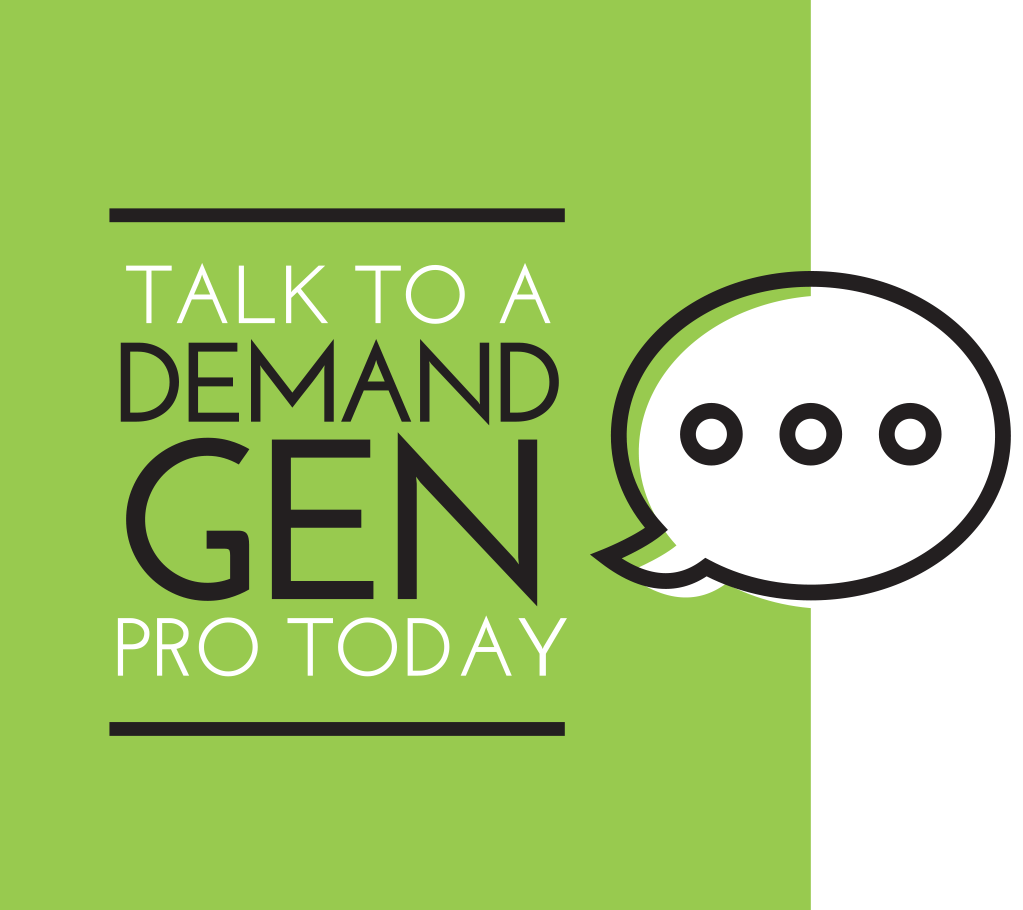Aligning Campaign Goals with the Reality of the Buyer’s Journey

One of the most important elements of B2B selling is understanding the prospects timing. Does the prospect have a need for your solution today? How long are they willing to tolerate the pain? When will they start to explore potential solutions? When will there be funding available to purchase a solution? When will the final decision be made? Many sales people have seen deals languish in their pipelines because they simple didn’t understand the answers to these critical questions.
Without understanding a prospect’s timing, it becomes difficult to align your sales process with the various stages of the prospect’s buying journey. When is a lead considered to be qualified? When should the lead be passed to Sales? When should an appointment be scheduled? When should a proposal be prepared? When should a deal be forecasted? Sometimes organizations miss out on opportunities because they misunderstood these various time elements. It’s more common, however, that organizations are overly optimistic with the timing of leads and potential deals. When the prospect’s timing is misunderstood the following pitfalls may be the result:
- Marketing wastes time and resources by including inappropriate data in various campaigns
- Leads are prematurely moved to MQL (Marketing Qualified Lead) status
- Unqualified leads are passed to Sales
- Sales gets frustrated with Marketing’s leads
- Leads don’t get nurtured appropriately
- Sales waste time and money traveling to meet with unqualified prospects
- Proposals are prepared before a prospect is ready
- Prospects get irritated and feel harassed by sales trying to close a deal they are not ready to consider
- Sales pipelines get clogged with inactive deals and forecasting is inaccurate and unreliable
Over the last 25 years I’ve managed hundreds of B2B prospecting campaigns. These campaigns resulted in tens of thousands conversations with decision-makers and generated thousands of qualified sales leads. This experience has also yielded an understanding of how B2B markets behave. I’ve discovered that every B2B market can be divided into three primary factions – Inactive, Eventual and Active.
Inactive (approximately 15% of the market). Organizations that fall into this category won’t purchase from you and likely won’t be in the buying process for your solution in the foreseeable future. These may be companies who are struggling and could soon be out of business or companies who have recently purchased from your competitor and their contract won’t expire for several years.
Eventual (approximately 70% of the market). These organizations aren’t currently in the buying process for your solution, but they could be in the foreseeable future. They may be just beginning to be aware of the problem or pain your solution can address or their contract expiration with your competitor is approaching.
Active (approximately 15% of the market). These are prospect who are actively in the buying process. They may be early in an early evaluation stage or in final contract negotiations with you or your competitor, but they will make a decision soon.
The percentages associated with each these market segments can vary slightly for various geographic and vertical markets, and the maturity level of your solution may also have an impact. For example, a cutting edge technology may have a higher percentage of the market in the active stage than a mature solution that is at the end of its lifecycle. But by and large I’ve found these numbers to hold true over time.
This market reality should impact in your marketing approach and sales strategy in the following ways:
- Apply a prospecting effort against your entire market universe with the primary goal of placing each target organization in the proper category.
- Leverage this knowledge to build sub-campaigns with appropriate targets and goals. The goal of every engagement shouldn’t be to convert a lead, schedule an appointment or close a sale. Align the campaign objectives and goals with the prospect’s market classification – inactive, eventual or active.
- Train your prospecting team to understand the various categories and the approach they should take with each.
- Make sure your sales coaches and inside sales managers are reinforcing the appropriate engagement strategy, tactics and approach based on the prospects phase.
- Establish a strategy for the “inactive” prospects. Some may be removed from the marketing database and others will be put into a recycle queue so they can be reassessed at some point in the future.
- Develop a nurture strategy and tactical work flows for the “eventual”. The focus with these prospects should be on informing and educating – not selling.
- Your consultative selling skills should be targeted to the “active” prospects. You want to ensure these prospects are engaged with your sales team. An ideal sub-campaign may be an appointment setting initiative.
- Develop appropriate and realistic KPI goals for each category and campaign.
Understanding where each prospect is in their buying journey will improve the overall efficiency of your go-to-market execution. Campaigns can become more targeted, objectives more clear and goals more realistic.


